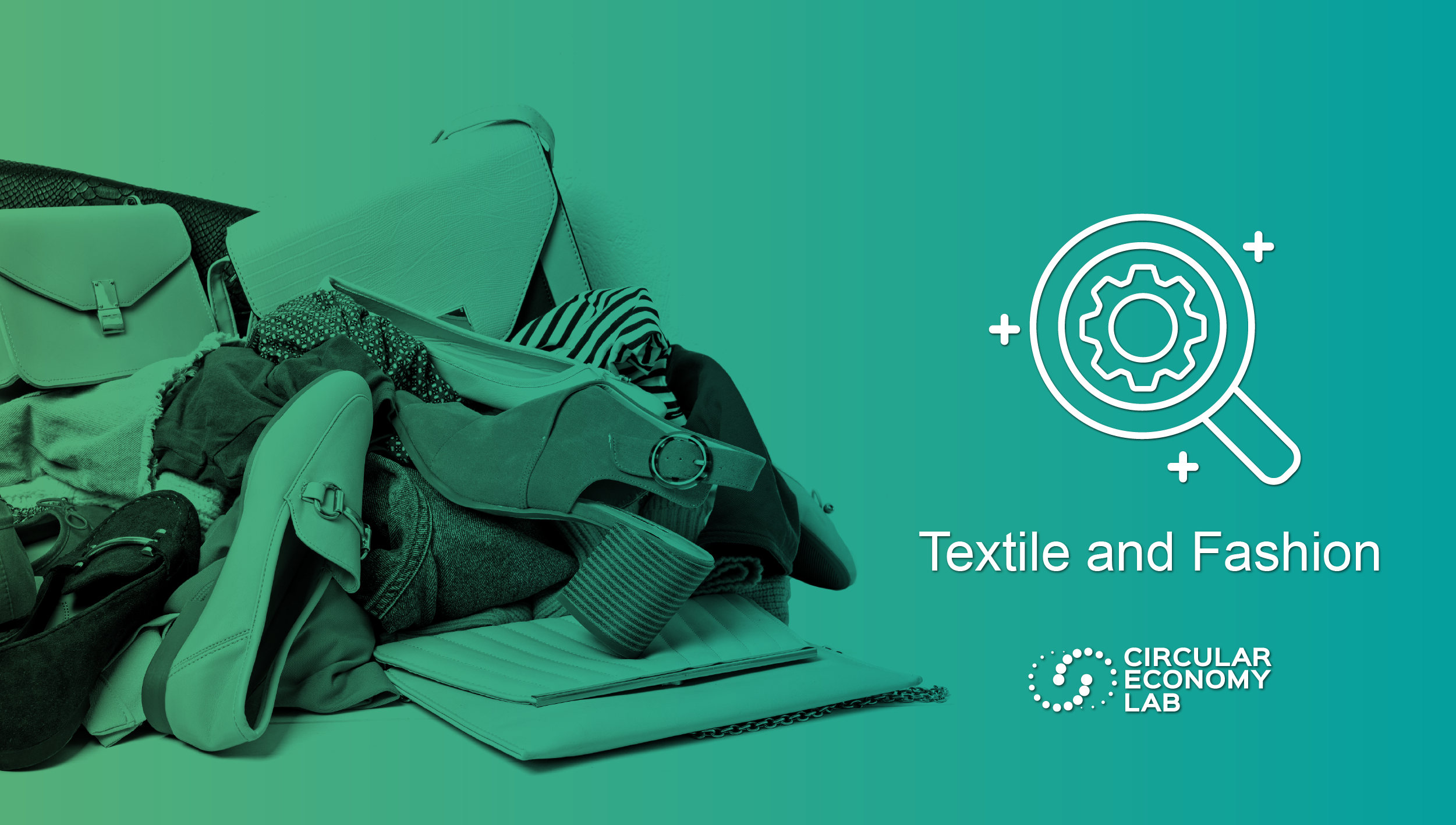
Circular strategies along the textile, clothing and fashion value chain
According to the European Commission, textile consumption in Europe ranks fourth in terms of the greatest impact on the environment and climate change after food, housing and mobility; it is also the third most consumed sector in terms of water and land use and the fifth most consumed in terms of primary raw material use.
These limitations can be traced back to the 'Extract - Produce - Throw away' linear economy model on which much of today's production system is based. The circular economy paradigm overturns this concept, offering solutions that can decouple the growth of companies and territories from the exploitation of natural capital.
By implementing strategies that make processes and products more efficient without negatively impacting the ecosystem, companies are able to remain more competitive in the marketplace, anticipating regulatory and consumer trends.
The implementation of circular strategies and solutions along the entire supply chain can be outlined by designing what the Circular Economy Lab defines as the Circular Journey, i.e. a path of action aimed at acquiring skills and awareness in the circular sphere and identifying a path of innovation with targeted projects and constant support, activating interlocutions with stakeholders and with the circular innovation ecosystem.
For the implementation of circular economy solutions along the value chain of the textile-clothing and fashion industry, some priority strategic actions can be outlined:
- Circular design and material innovation: in order to produce quality textile products, which are also durable, repairable and possibly recyclable at the end of their life, a circular approach must be adopted from the earliest design stages. This category includes the choice of raw material inputs (renewable, biodegradable or compostable, recyclable, durable, traceable, short chain), solutions that enable the design of mono-material or easily disassembled products, or certain digital technologies, which enable the dematerialisation of the design phases, such as digital twin technologies, which enable the management of the entire made-to-order process of a product. The Circular Economy Lab experts carry out Circular Design projects with companies to co-develop innovative products by engaging stakeholders throughout the supply chain.
- Circular business models: The textile-clothing and fashion sector can particularly benefit from the adoption of circular business models, which create new business opportunities by shifting the focus of companies from selling textiles and garments to offering a broad category of highly flexible and customisable services (e.g. rental). For the market launch of these models, companies can rely on the Project Building initiatives of the Circular Economy Lab, which aim to accelerate the definition of the business model and the market testing of a pilot project.
- Involvement of the entire supply chain with a view to industrial symbiosis: collaborations and technologies that make it possible to extend the useful life of resources and secondary raw materials by keeping them in use for as long as possible are fundamental to realising circular supply chains.
To achieve these objectives, companies can carry out Open Innovation projects to identify ad hoc innovative solutions on the market, activating the ecosystem of start-ups, innovative SMEs, research centres and universities of the Circular Economy Lab network.